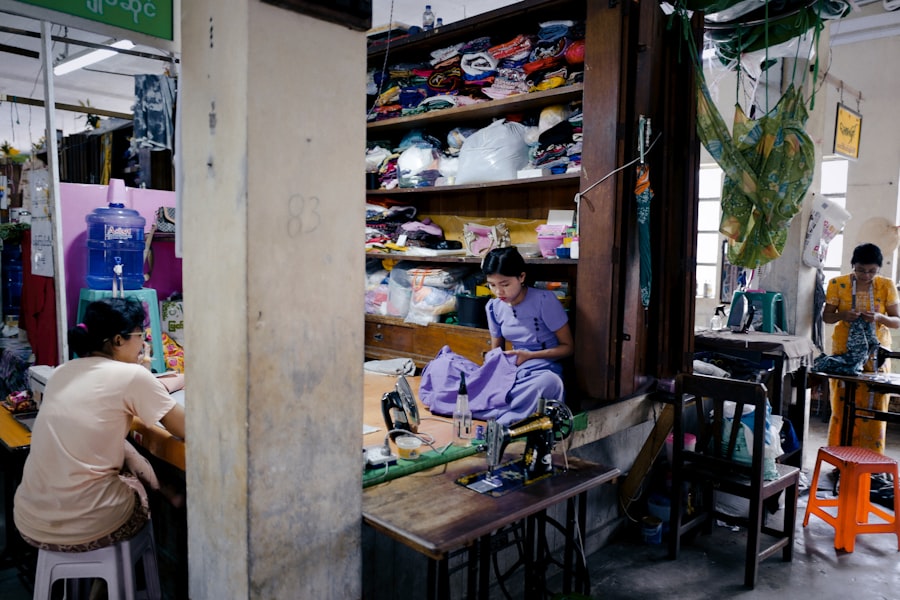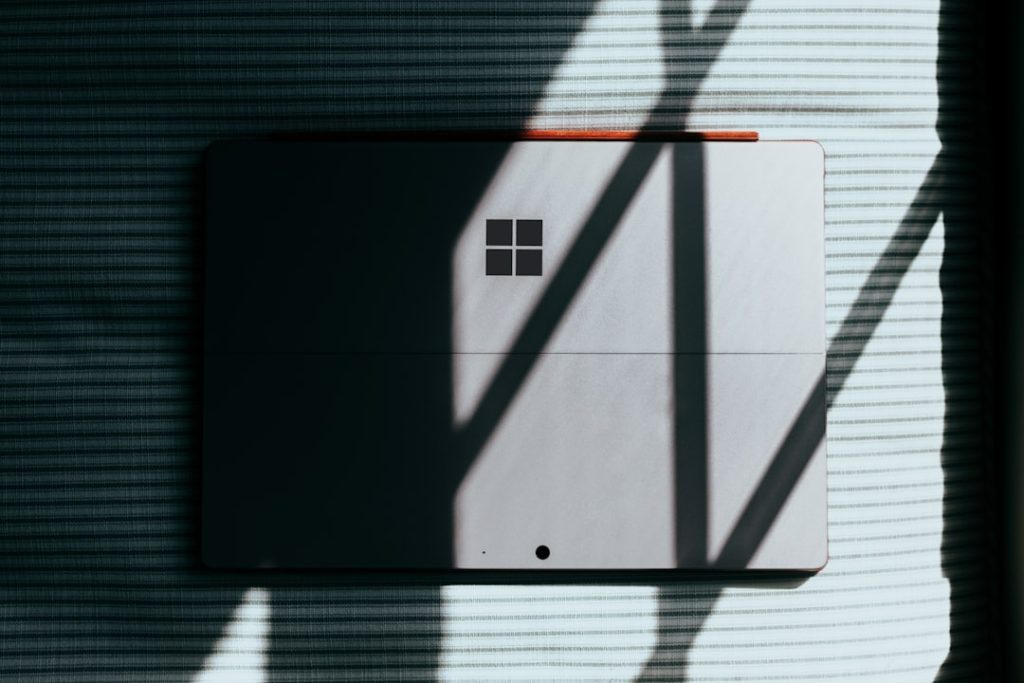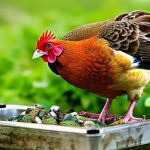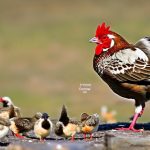Chickens are highly susceptible to elevated temperatures, and poultry farmers must be aware of how heat affects their flocks. Heat stress occurs when a chicken’s body temperature exceeds normal levels, resulting in various physiological and behavioral changes. Symptoms of heat stress in chickens include panting, drooping wings, decreased feed consumption, and reduced egg production.
In extreme cases, heat stress can be fatal. Different chicken breeds exhibit varying degrees of heat tolerance. Heavy breeds like Orpingtons and Cochins are generally more prone to heat stress than lighter breeds such as Leghorns and Mediterranean varieties.
Young chicks and older birds are also more vulnerable to heat-related issues. Poultry farmers should consider these factors when implementing strategies to protect their chickens during periods of high temperatures. Understanding the impact of heat on chickens is crucial for maintaining the health and productivity of poultry flocks.
By recognizing the signs of heat stress and taking appropriate preventive measures, farmers can mitigate the negative effects of high temperatures on their birds.
Table of Contents
- 1 Providing Adequate Shade and Shelter
- 2 Ensuring Proper Ventilation in the Coop
- 3 Offering Cool, Refreshing Water
- 4 Utilizing Cooling Methods such as Misters or Fans
- 5 Adjusting Feeding and Exercise Routines
- 6 Monitoring and Responding to Signs of Heat Stress
- 7 FAQs
- 7.1 What are some ways to keep chickens cool in summer in Australia?
- 7.2 How important is shade for chickens in hot weather?
- 7.3 Why is proper ventilation important for chickens in summer?
- 7.4 What should be included in a chicken’s summer diet to help them stay cool?
- 7.5 Are there any specific breeds of chickens that are better suited for hot climates in Australia?
Key Takeaways
- Heat stress can have a significant impact on chickens, leading to decreased egg production, poor growth, and even death.
- Providing adequate shade and shelter is crucial to protect chickens from the direct heat of the sun.
- Proper ventilation in the coop is essential to prevent heat buildup and maintain a comfortable environment for the chickens.
- Offering cool, refreshing water is important to keep chickens hydrated and regulate their body temperature.
- Utilizing cooling methods such as misters or fans can help lower the temperature and reduce heat stress in chickens.
- Adjusting feeding and exercise routines can help chickens cope with the heat and maintain their health.
- Monitoring and responding to signs of heat stress, such as panting, lethargy, and reduced egg production, is crucial to prevent serious health issues in chickens.
Providing Adequate Shade and Shelter
Creating a Comfortable Environment
One of the most important steps in protecting chickens from the negative effects of heat is to provide them with adequate shade and shelter. This can be achieved by ensuring that the chicken coop is well-ventilated and has sufficient shade throughout the day. Natural shade from trees or artificial shade structures can help to keep the coop cool and protect the birds from direct sunlight.
Positioning the Coop for Optimal Protection
Additionally, it’s important to consider the positioning of the coop to ensure that it is not exposed to prolonged periods of intense sunlight. In addition to shade, providing proper shelter is crucial in protecting chickens from the heat.
Insulation and Ventilation for a Cooler Coop
The coop should be well-insulated to prevent excessive heat buildup, and it should have adequate ventilation to allow for air circulation. This can help to maintain a comfortable temperature inside the coop and reduce the risk of heat stress in the birds.
By providing adequate shade and shelter, poultry farmers can create a more comfortable environment for their chickens during hot weather.
Ensuring Proper Ventilation in the Coop

Proper ventilation is essential for maintaining a healthy environment for chickens, especially during hot weather. Good ventilation helps to remove excess heat, moisture, and ammonia from the coop, creating a more comfortable living space for the birds. Without adequate ventilation, the coop can become hot and stuffy, increasing the risk of heat stress in the chickens.
There are several ways to ensure proper ventilation in the coop. This can include installing windows or vents to allow for air circulation, as well as using fans to help move air throughout the space. It’s important to regularly clean and maintain the coop to prevent the buildup of dust and debris that can obstruct ventilation.
Additionally, monitoring the temperature and humidity levels inside the coop can help poultry farmers assess whether additional ventilation is needed during periods of high heat. By prioritizing proper ventilation, poultry farmers can help their chickens stay cool and comfortable even in hot weather.
Offering Cool, Refreshing Water
Water is essential for chickens to regulate their body temperature, especially during hot weather. Poultry farmers should ensure that their birds have access to cool, refreshing water at all times to help them stay hydrated and cool down. It’s important to regularly check water sources to ensure they are clean and free from contaminants that could make the birds sick.
During periods of extreme heat, it may be necessary to provide additional water sources or use larger water containers to accommodate increased water consumption by the chickens. Adding ice or frozen water bottles to the water containers can also help to keep the water cool for longer periods. Poultry farmers should also consider placing water containers in shaded areas to prevent them from heating up in the sun.
By prioritizing access to cool, refreshing water, poultry farmers can help their chickens stay hydrated and healthy during hot weather.
Utilizing Cooling Methods such as Misters or Fans
In addition to providing shade and shelter, poultry farmers can utilize cooling methods such as misters or fans to help lower the temperature in the chicken coop during hot weather. Misters can be installed in the coop or in outdoor areas where the chickens spend time, releasing a fine mist of water that helps to cool the surrounding air. Fans can also be used to improve air circulation and reduce the temperature inside the coop.
It’s important to position misters and fans strategically to ensure that they effectively cool the environment without causing discomfort or stress to the chickens. Additionally, it’s crucial to regularly clean and maintain misters and fans to prevent the buildup of dirt and debris that could affect their performance. By utilizing these cooling methods, poultry farmers can create a more comfortable environment for their chickens during periods of high temperatures.
Adjusting Feeding and Exercise Routines

Adjusting Feeding Routines
High-protein feeds can increase metabolic heat production in chickens, so it may be beneficial to reduce protein levels in their diet during hot weather. Feeding chickens during cooler times of the day, such as early morning or late evening, can also help reduce heat stress.
Limiting Strenuous Activities
Limiting strenuous activities such as free-ranging or foraging during the hottest parts of the day can help prevent chickens from becoming overheated.
Providing Opportunities for Dust Bathing
Providing opportunities for dust bathing, which helps chickens regulate their body temperature, can also be beneficial during hot weather.
By adjusting feeding and exercise routines, poultry farmers can help their chickens conserve energy and stay cooler during periods of high temperatures.
Monitoring and Responding to Signs of Heat Stress
Finally, it’s crucial for poultry farmers to monitor their chickens closely for signs of heat stress and respond promptly if any issues arise. This can include regularly observing the birds for signs of panting, drooping wings, or reduced activity, as well as checking for any changes in egg production or feed intake. If any signs of heat stress are observed, immediate action should be taken to help the chickens cool down and recover.
This can include moving the birds to a cooler area with better ventilation, providing access to cool water, or utilizing cooling methods such as misters or fans. It’s also important to consult with a veterinarian if any chickens show severe signs of heat stress or if there are concerns about their health. By monitoring their chickens closely and responding promptly to signs of heat stress, poultry farmers can help protect their birds from the negative effects of high temperatures.
In conclusion, understanding the impact of heat on chickens and taking proactive measures to protect them during hot weather is essential for poultry farmers. By providing adequate shade and shelter, ensuring proper ventilation in the coop, offering cool, refreshing water, utilizing cooling methods such as misters or fans, adjusting feeding and exercise routines, and monitoring and responding to signs of heat stress, poultry farmers can help their chickens stay healthy and comfortable even in extreme temperatures. Prioritizing the well-being of chickens during hot weather not only supports their health and productivity but also contributes to a more sustainable and ethical approach to poultry farming.
If you’re looking for more tips on keeping your chickens cool in the Australian summer, you might want to check out this article on A-Frame Chicken Coops. It provides valuable information on how to design a coop that provides adequate ventilation and shade for your chickens during the hot months.
FAQs
What are some ways to keep chickens cool in summer in Australia?
Some ways to keep chickens cool in summer in Australia include providing shade, ensuring proper ventilation in the coop, offering cool water to drink, and using misters or fans to lower the temperature.
How important is shade for chickens in hot weather?
Shade is crucial for chickens in hot weather as it helps them avoid heat stress and stay cool. Providing ample shade in the form of trees, shrubs, or a covered area in the coop is essential for their well-being.
Why is proper ventilation important for chickens in summer?
Proper ventilation is important for chickens in summer as it helps to remove excess heat and moisture from the coop, allowing for better air circulation and a cooler environment for the chickens.
What should be included in a chicken’s summer diet to help them stay cool?
Including water-rich fruits and vegetables in a chicken’s summer diet can help them stay cool. Foods such as watermelon, cucumber, and lettuce can provide hydration and help regulate their body temperature.
Are there any specific breeds of chickens that are better suited for hot climates in Australia?
Some chicken breeds, such as the Australorp and the Rhode Island Red, are known to be more heat-tolerant and better suited for hot climates in Australia. These breeds are better equipped to handle the heat and are more resilient in hot weather.
Meet Walter, the feathered-friend fanatic of Florida! Nestled in the sunshine state, Walter struts through life with his feathered companions, clucking his way to happiness. With a coop that’s fancier than a five-star hotel, he’s the Don Juan of the chicken world. When he’s not teaching his hens to do the cha-cha, you’ll find him in a heated debate with his prized rooster, Sir Clucks-a-Lot. Walter’s poultry passion is no yolk; he’s the sunny-side-up guy you never knew you needed in your flock of friends!







